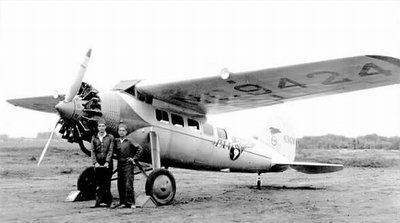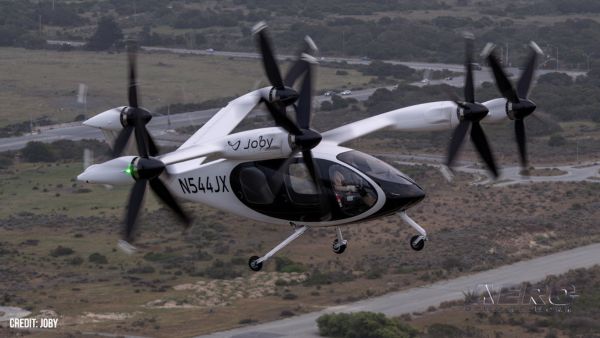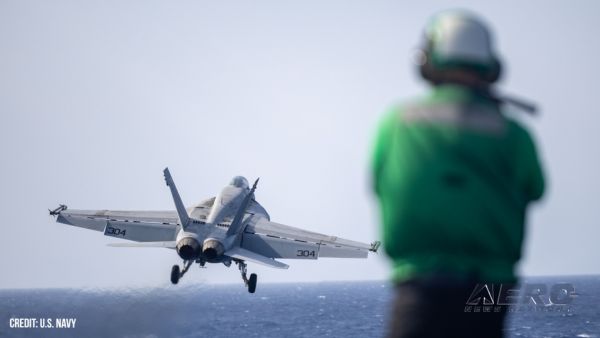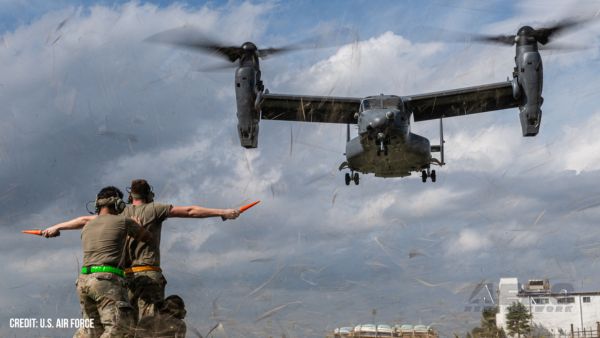EAA Chapter 534 Bears Witness to Historic Planes Rebirth
On 25 March 2023, the Experimental Aircraft Association’s (EAA) Chapter 534 visited Jim Kimball Enterprises (JKE Works, Inc.) to check on a Lockheed Vega 5C currently being reborn under the auspices of the Florida-based aviation restoration company.

Started by Jim Kimball in the 1970s, JKE Works specializes in restoring single-engine vintage aircraft to museum standards. Success and favorable reputation have seen the company passed by degrees into the capable hands of Mr. Kimball’s son Kevin and grandson Kallin.
The 1929 Lockheed Vega currently under restoration by JKE Works belongs to Kermit Weeks—proprietor of Polk City, Florida’s Fantasy of Flight. The Vega, though aesthetically sound, was no longer airworthy. Aware of the company’s reputation for quality work, Mr. Weeks entrusted JKE Works with the technical and delicate work of restoring his prized Vega.
First flown in 1927 and introduced publicly in 1928, Lockheed’s Vega is a single-engine, seven-passenger aircraft featuring a wooden monocoque fuselage and a fully cantilevered parasol wing. The aircraft’s skin is of the doped fabric variety. Popular in its day, the Vega was favored by notable aviators the likes of Amelia Earhart and Wiley Post. The Vega owned by Mr. Weeks was the first produced specifically as an executive aircraft and was commissioned by an undisclosed oil concern.
Following its stint as an executive conveyance for oil company executives, the Vega was pressed into passenger service in Mexico. Subsequent years saw the aircraft plied to aerial survey work before it was sold to General Electric and used to refine the company’s nascent radar systems.
Of the 135 Vegas built, only six are known to exist in 2023.
In the 1920s and ‘30s, many aircraft—to include the Vega—were constructed from wood, most often spruce, birch or mahogany. The use of aluminum in aircraft construction became prevalent in the years preceding World War II. Wood’s usefulness as an aircraft material persisted, however, and many of today’s amateur-built aircraft make extensive use of woods, adhesives, and Dacron fabric.
The removal of the nearly-century-old plywood skin from the Vega’s 41-foot wing revealed near-complete deterioration of the glue by which the plywood’s individual veneers had been laminated. Though the wing’s support structure and ribs remained sound and could be reused, the original plywood skin was a total loss.

As the old Vega’s construction was certified in 1929, it was incumbent upon JKE Works to restore the aircraft precisely to the specifications of that time. The original plywood was vertical-grain Sitka Spruce—a rarity in the modern world. Nevertheless, the Kimballs checked with their aircraft plywood supplier, who set forth he could construct the stuff himself, were the proper veneers supplied.
The Vega could easily have been reconstructed using modern, readily available plywood. However, the utilization of such materials would require the FAA to wholly recertify the airplane—an undertaking likely to be measured in years insomuch as the agency retains no institutional records or knowledge of the aircraft.
It was imperative, therefore, that JKE Works ascertained a source of either vertical-grain Sitka Spruce plywood or laminate conducive to the production of such. In either case, the endeavor promised to be contemporaneously costly and time-consuming.
For several months, Kevin Kimball searched for the large pieces of Sitka Spruce lumber required by a veneer cutter recommended by his plywood supplier. Ultimately, Mr. Kimball bought up a stand of Alaskan Sitka Spruces which was harvested, cut into cants, dried, barged to the contiguous U.S., then trucked to the veneer cutter’s Indiana location.
Upon being cut, the veneers were shipped to JKE Works’ plywood supplier, by whom they were pressed into the sixty-some sheets with which the Vega’s wing and empennage were repaired. All told, the search for and acquisition of Sitka Spruce and the fabrication of plywood sheets therefrom spanned 16 months.
Kevin Kimball remarked: “There are wood parts in the Vega’s wing that came from Sitka Spruce trees that began growing before the United States was a country.”
Currently the Vega’s wing and vertical and horizontal stabilizers have been restored, varnished, and now await covering with modern aircraft fabric and painting.
Removal of the original plywood skin from the Vega’s fuselage revealed extensive deterioration of the bulkheads by which the fuselage structure was supported. JKE Works determined the old Vega had suffered a number of accidents in its dim and distant past. Messrs. Kimball further determined that the slapdash repairs conducted in the wakes of subject mishaps were unlikely to pass FAA muster. Ergo, the entirety of the fuselage’s wood components required replacement.

Presently, a portion of the Vega’s flight-control cabling has been installed. Also, the fuselage’s starboard side has been fitted with its molded, laminated skin. The aircraft’s port side will be completed after the requisite cables, controls, and seats have been fitted in place.
The old Vega’s instrument panel will be refurbished with period-correct instruments. The exact engine with which the emergent machine will be fitted has yet to be determined; the powerplant will, however, be a variant of Pratt and Whitney’s famed, five-hundred-horsepower R1340 Wasp radial engine—which was available in the late 1920s.
The Vega will likely be painted in Wiley Post’s Winnie Mae livery—as it had been at Fantasy of Flight.
To the curious who inquire after when the Vega’s restoration will be complete and the aircraft will return to flight, Kevin Kimball explains rebirth is a complex business, and that the airplane will be finished when it’s finished to the satisfaction of himself, his son and grandson, and Kermit Weeks.
The members of EAA Chapter 534—who’ve been repeatedly invited to visit JKE Works for purpose of looking upon projects the family operation has underway—were deeply appreciative of the opportunity to witness aspects of the Vega’s restoration and look forward to seeing the completed aircraft.
A Chapter 534 member remarked: “We know it will be worth the wait.”
 ANN's Daily Aero-Linx (04.30.25)
ANN's Daily Aero-Linx (04.30.25) ANN FAQ: Turn On Post Notifications
ANN FAQ: Turn On Post Notifications Classic Aero-TV: Agile Aeros Jeff Greason--Disruptive Aerospace Innovations
Classic Aero-TV: Agile Aeros Jeff Greason--Disruptive Aerospace Innovations Aero-News: Quote of the Day (04.30.25)
Aero-News: Quote of the Day (04.30.25) ANN's Daily Aero-Term (04.30.25): Expedite
ANN's Daily Aero-Term (04.30.25): Expedite





